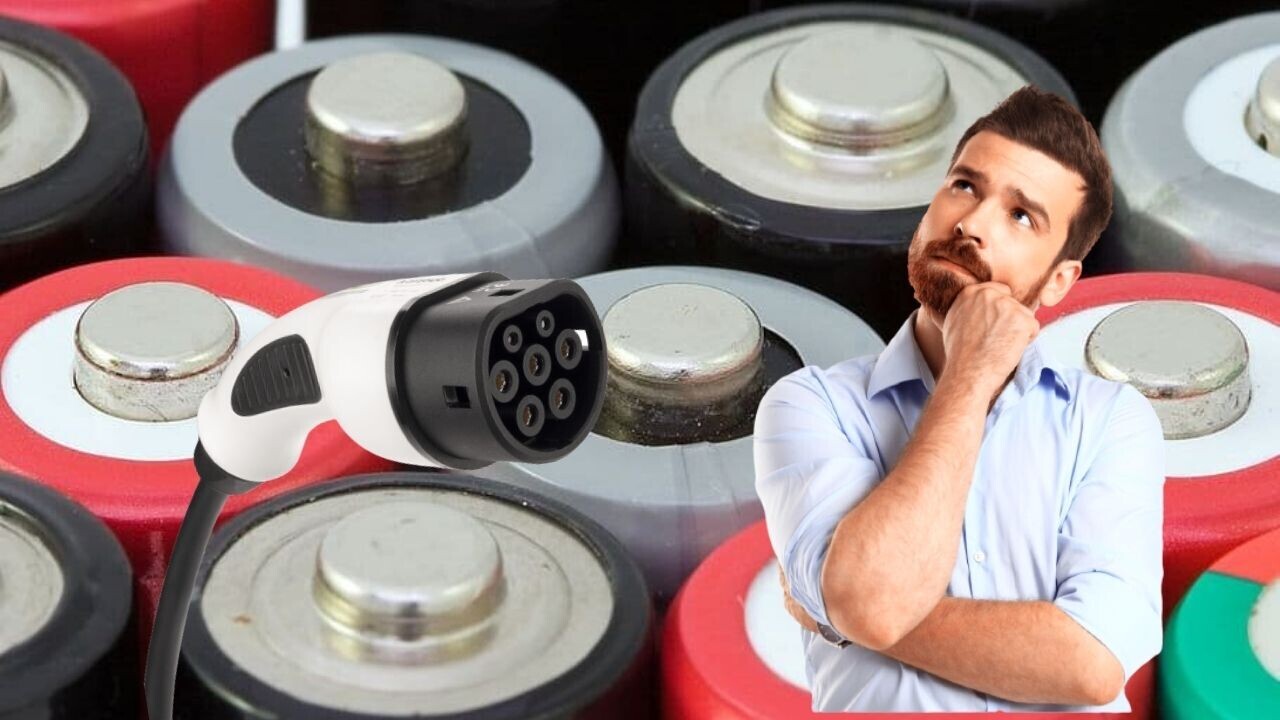
Amidst the booming influx of electric vehicles worldwide, automakers and tech companies have been focusing on optimizing the most vital and expensive part of EVs: the batteries.
They aren’t all alike, and manufacturers use a range of different kinds of batteries. So we’ve decided to select and rank the three most prominent (or promising) battery types: lithium, solid-state, and sodium-ion batteries.
We’ll compare the batteries using four criteria: safety, energy density and charging time, sustainability, and price.
But before we begin, let’s brush up the basics we need to know.
How do the battery types differ?
Lithium-ion and solid-state batteries are very much alike. Both types use lithium to produce electrical energy and they have an anode (the battery’s negative terminal), a cathode (the battery’s positive terminal), and an electrolyte, which helps transfer ions from the cathode to the anode and vice versa.

They primarily differ in the state of the electrolyte: lithium-ion batteries use liquid electrolytes and solid-state batteries use solid electrolytes.
As for sodium-ion batteries, imagine the exact same structure — the only difference is that sodium ions replace lithium ions.
And now that we’ve laid the basis, let’s rank these battery types on our selected criteria:
1. Safety
Lithium-ion batteries are unfortunately flammable and this has mostly to do with their liquid electrolytes, which are volatile and unstable when exposed to high temperatures.
In contrast, the solid electrolytes of solid-state batteries are more stable and significantly reduce the risk of fire.
And as for the sodium-ion batteries, they are non-flammable and don’t allow for any thermal runaway, which makes them the safest option.
Winner: Sodium-ion batteries
2. Energy density and charging time
Sodium-ion batteries come up a bit short here. Sodium ions are larger and denser than lithium ions, which means that we need a whole more lot of the former to store and produce the equivalent energy.
On the upside, CATL’s sodium-ion battery (the best example we have so far) is expected to have an energy density of 160Wh/kg and will take 15 minutes to reach 80% of its charge. That’s actually on par with lithium-ion batteries currently on the market, ranging from 140 Wh/kg to 240Wh/kg.
But is it good enough to replace lithium batteries completely? No, it isn’t.
This energy density is still too low to compete with most of lithium-ion batteries, and we’re talking about a single product that hasn’t been tested on a large scale yet.
Solid-state batteries are the biggest competitor here. The increased stability their solid electrolytes offer means that solid-state batteries can hold up to 50% more energy than their lithium-ion counterparts, while they’re expected to reach a whopping 80% charge within 12 minutes.
Winner: Solid-state batteries
3. Sustainability
Here we have the battle of the elements: lithium vs sodium.
Lithium is a relatively rare element on Earth and its increasing demand doesn’t come without an environmental impact. According to the Institute for Energy Research, lithium extraction not only consumes millions of gallons of water, but also harms the soil and causes air contamination.
In contrast, sodium is the seventh most abundant element on Earth (1,200 times more common than lithium), and can be found pretty much anywhere on Earth, including in seawater. Plus, its extraction doesn’t come with the same environmental concerns.
Winner: Sodium-ion batteries
4. Price
Sodium’s abundance naturally makes it a less expensive option. It also costs less to extract and purify.
On top of that, sodium-ion cells can be made with ample metals such as iron and manganese. In contrast, lithium-ion batteries require cobalt, a metal with limited geological reserves that’s also the most expensive part of the battery, priced at approximately $28,500 per ton.
The most costly option seems to be solid-state batteries, because solid electrolytes are more expensive to produce. Specifically, solid-state batteries are projected to cost $80-90/kWh by 2030, while the price of lithium batteries is expected to reach $60/kWh by the same time.
Winner: Sodium-ion batteries
And the winner is…
Sodium-ion batteries!
These are followed by solid-state batteries in second place, and lithium-ion batteries in third place.
In case you’re sad about lithium’s loss, there’s no reason to be just yet. Sodium-ion and solid-state batteries are still under development and certainly have some years ahead before they can be commercialized. It’s also possible that using recycled lithium-ion batteries will turn out to be the mainstream option by that time.
Get the TNW newsletter
Get the most important tech news in your inbox each week.




